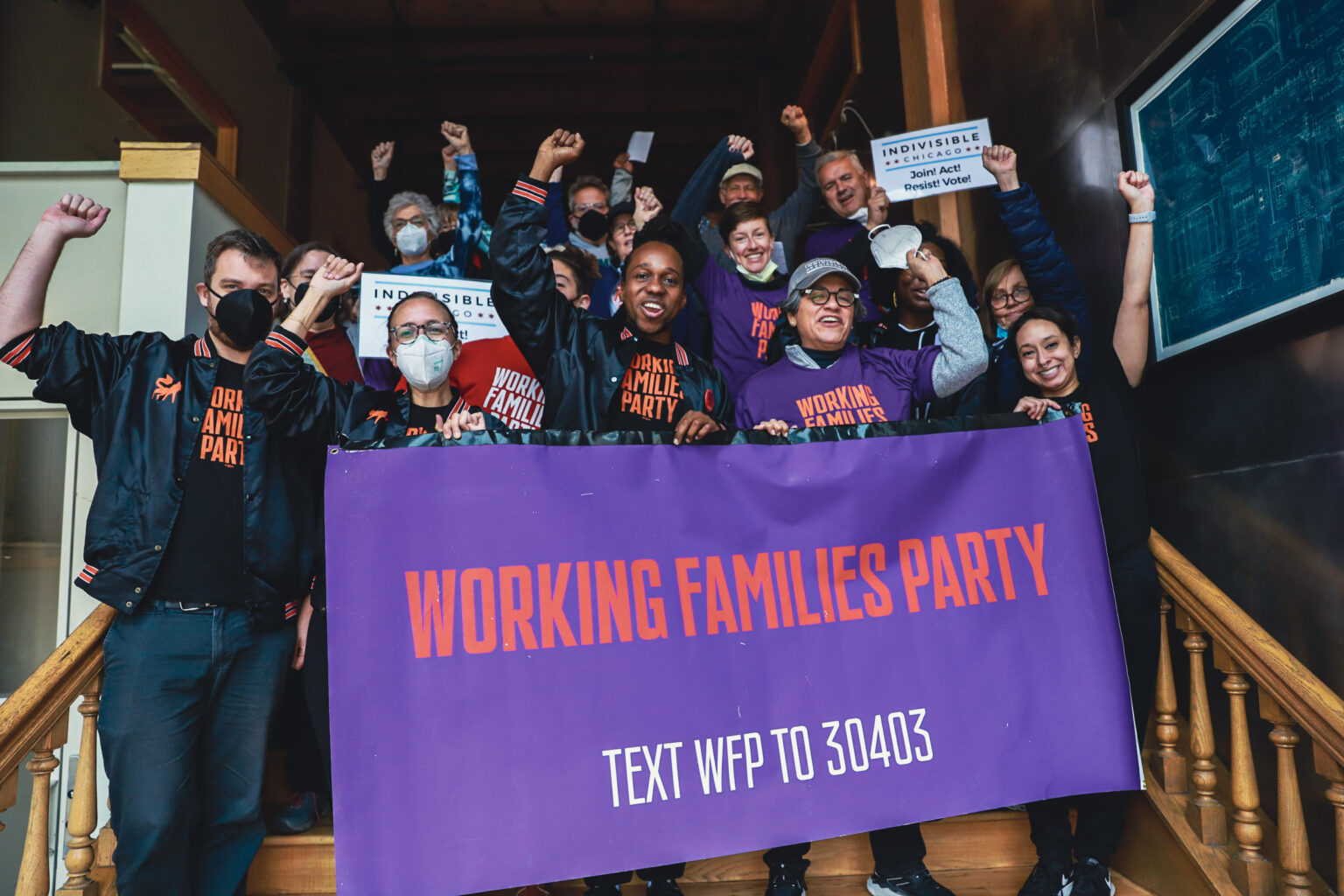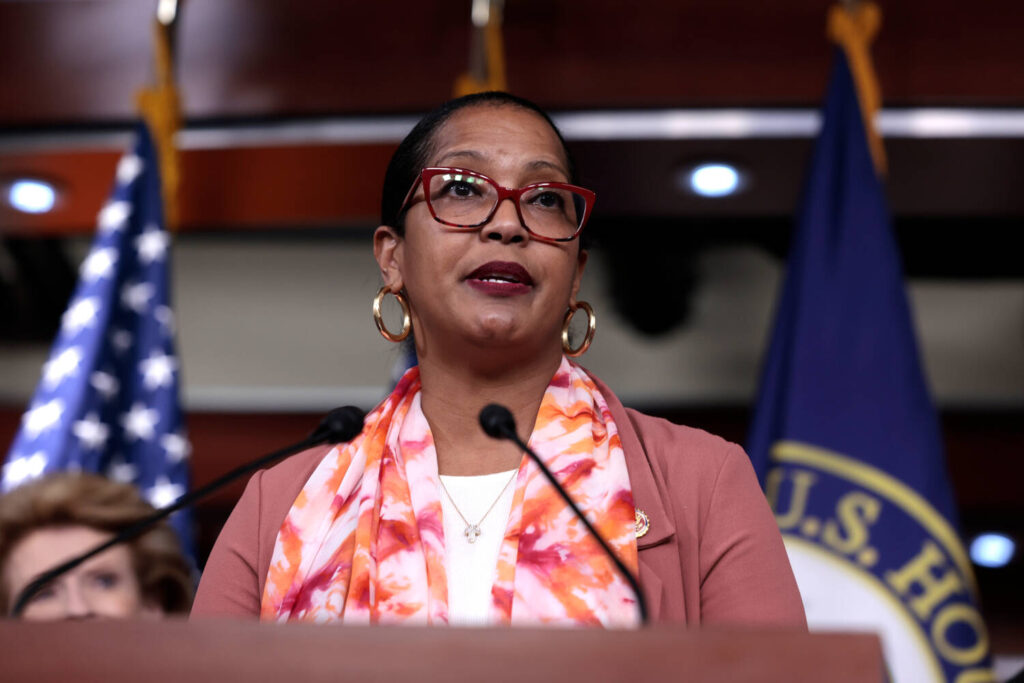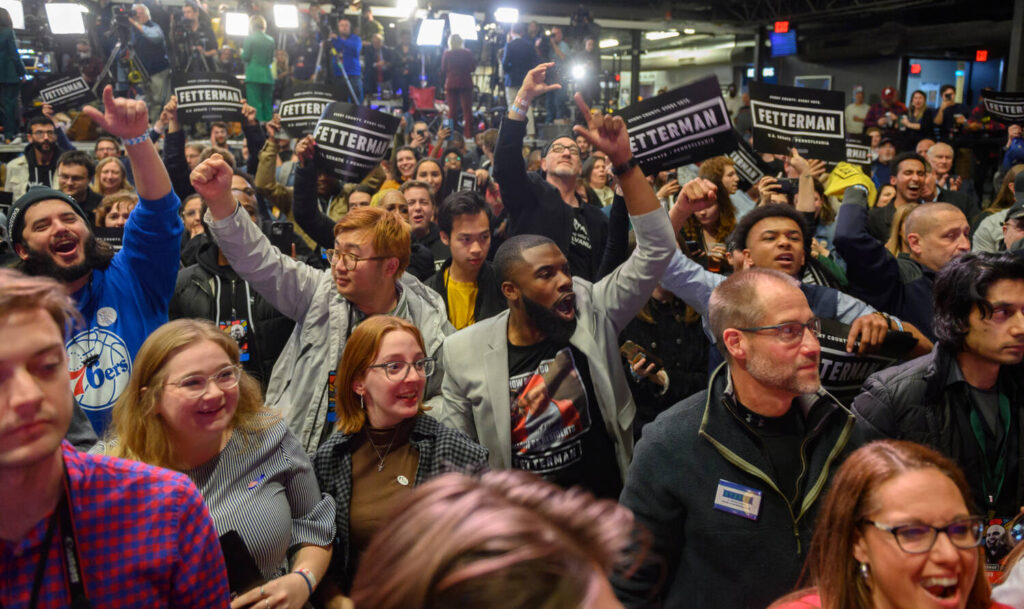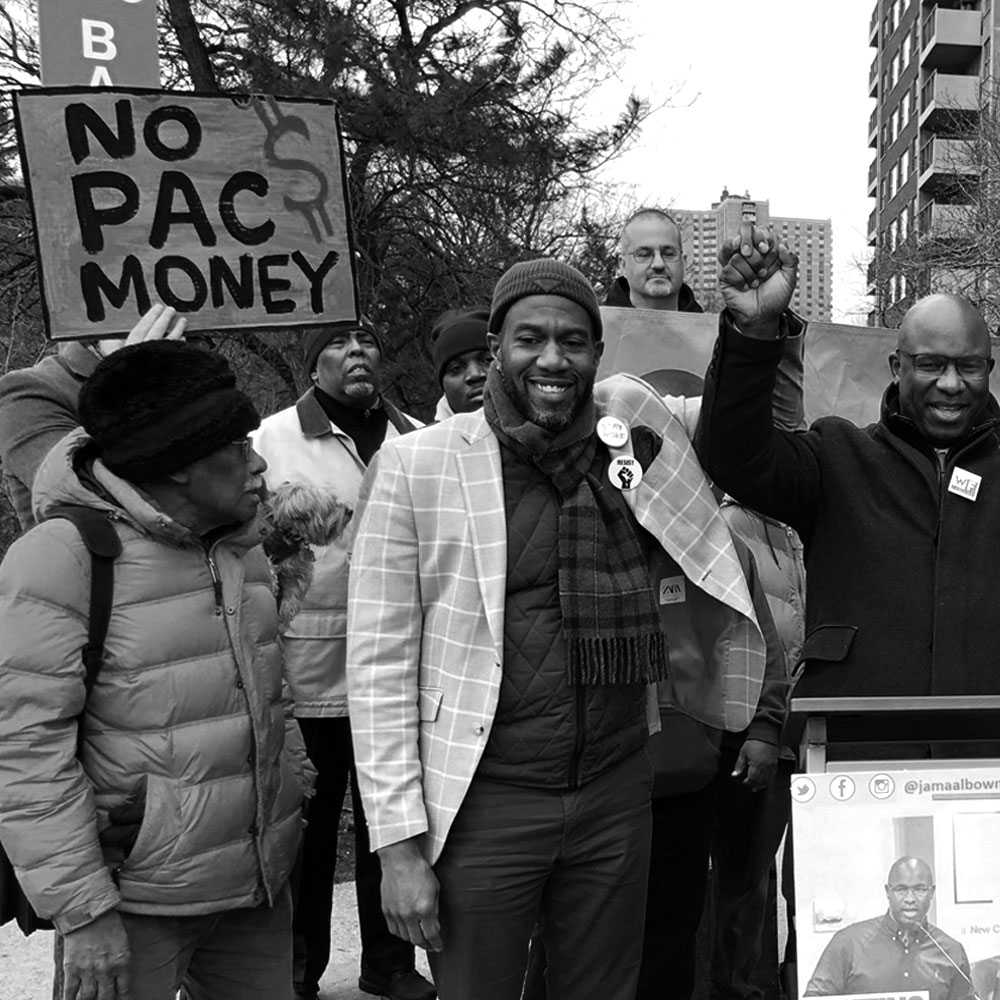How the Democrats Won and Lost the 2022 Midterms

The normal pattern of midterm elections, where the party in power loses significant ground, is practically baked into the U.S. two-party system. When voters are upset, the only way to punish the party in power is to vote for the other one. That’s what happened in 2006, in 2010, in 2014 and in 2018. And that’s what national pundits were claiming was inevitable in 2022 — they predicted a “red wave” even when many polls showed a much closer race.
But instead, this year Democrats defied political gravity, at least somewhat. So how did it happen? As the leader of an independent third party — the Working Families Party (WFP) — that often joins the Democrats in coalition, I see four main factors at play:
1. Voters rejected right-wing extremism and the attack on abortion rights.
The conservative Supreme Court’s attacks on abortion rights were soundly rebuked. In all five states where we saw abortion access on the ballot, abortion-rights supporters won. Many of Donald Trump’s handpicked candidates, from Mehmet Oz in Pennsylvania to Tudor Dixon in Michigan, fared poorly. Voters were turned off by candidates like Pennsylvania’s Doug Mastriano and Arizona’s Blake Masters who were willing to support insurrectionists and hint that they would overturn the results of democratic elections. Partisan gerrymandering has ensured the MAGA caucus will remain strong, but that’s despite voter preferences, not because of them.
2. Democrats had an economic record to run on.
Pushed by progressives, President Joe Biden and Congressional Democrats delivered on at least some of their promises. Inflation was top of mind for voters, but Democrats could point to clear examples where they had cut costs for working people, including through prescription drug negotiation in the Inflation Reduction Act and canceling some amount of student debt. From the moment of Democrats’ clinching the Senate majority in the 2021 Georgia runoffs, we said this would be an important part of victory.
3. Young people showed up.
This was the second-highest youth midterm turnout in the past 30 years, and youth turnout in battleground states was high. Young people between the ages of 18 and 29 are the only age group in which a strong majority supported Democrats. A recent poll shows majorities of these young voters supported the Inflation Reduction Act, student debt cancelation and recent gun violence legislation.
4. Progressives filled crucial gaps.

National Democrats clearly did some things right, especially in campaigning in defense of abortion rights and democracy. And while they sometimes struggled to find a consistent message on inflation and the cost of living, they had popular policy successes to tout (especially student debt relief and the Inflation Reduction Act), and Republicans lacked a clear narrative about how they would address inflation or similarly lower costs for working people.
But national Democrats also made crucial errors — right from the start. To judge from their spending on pro-police ads, they seemed to be convinced that crime was their biggest vulnerability, despite polls showing it lagged behind abortion and the economy. Substantial research finds that voters agreed with progressives on many fundamental questions about public safety. In their desperation to distance themselves from progressives, too many Democrats mirrored GOP talking points to brag about how they would fund the police — a strategy that never fails to fail. Case in point was Democratic Congressional Campaign Committee (DCCC) Chair Sean Patrick Maloney, who muscled progressive Mondaire Jones out of a comfortably blue seat and then ran hard on his pro-police bona fides. He lost, despite huge spending from the Democratic infrastructure.
And even worse, many national Democratic strategists convinced themselves that progressive candidates could not win in competitive races — and so failed to invest in those races.
In the weeks following the U.S. Senate democratic primary in Wisconsin, national Democrats allowed Republican super PACs to outpace progressive nominee Mandela Barnes with ugly, deceptive and racially charged attacks that obliterated his early lead. Republicans ran significantly more negative ads on Barnes as Democrats ran against his insurrection-supporting incumbent opponent, Ron Johnson (R-Wis.). Barnes was eventually able to raise his own funds to fight back, but by then the damage was done. He fell agonizingly short — about 1% — in what was clearly a winnable race.
So what happens now?
We must prepare for another nail-biting Senate runoff election in Georgia (though there is a chance it will not be nearly as consequential if Catherine Cortez Masto can make up ground and carry Nevada). The outcome of the House is also uncertain, and that itself is a remarkable fact. At this point, the final margins will be close — but if Republicans take control even by a seat, there will be hard limits on what legislation can move through Congress, as a Kevin McCarthy (R-Calif.)-controlled House will refuse to cooperate on anything that could be considered a win for Biden and the Democrats.

But given how much the GOP underperformed, the most important lesson for Biden and Congressional Democrats to absorb is that they should not make any concessions to the hostage-taking, blackmail and loud distractions that House Republicans are sure to unleash no matter how small their majority.
Democrats should move aggressively in the remaining months while they still control Congress to pass as much of their agenda as possible. They can prevent any future GOP House majority from using the debt ceiling to push for economic policies that voters clearly reject by doing away with the debt ceiling now. They can pass the Electoral Count Act, which could help prevent a repeat of January 6.
And starting right away, Biden and Democrats can get laser focused on addressing Americans’ frustrations with rising costs. They should be far more aggressive in going after corporate profiteering. They should follow Congressman Jamaal Bowman’s lead and enact selective price controls. And they should push to put money into the pockets of working families and pay for it with stiff taxes on the wealthy.
Tuesday’s results are a reprieve, but we still have mountains to move. Our democracy is under siege from corporate power and the rising tide of the authoritarian Right. The good news is that this year’s progressive primary successes will yield fruit in the coming Congress. At least six Working Families Party members went on to win their general elections — including rising stars like Austin’s Greg Casar, Chicago’s Delia Ramirez, Pittsburgh’s Summer Lee, Florida’s Maxwell Frost and more. These new champions will join the ranks of progressive incumbents Alexandria Ocasio-Cortez, Ayanna Pressley, Pramila Jayapal, who can stiffen the Democratic Party’s spine for the many fights ahead.

